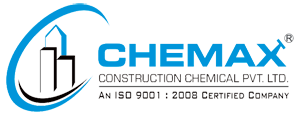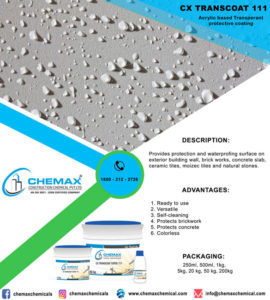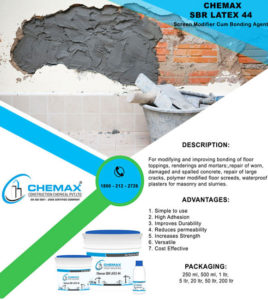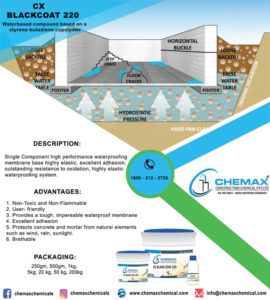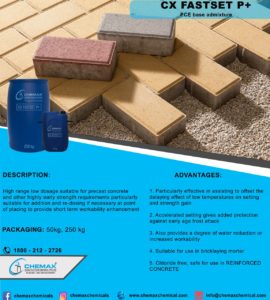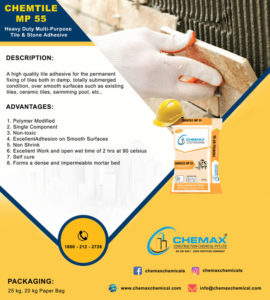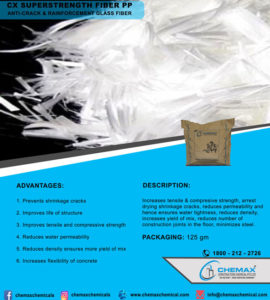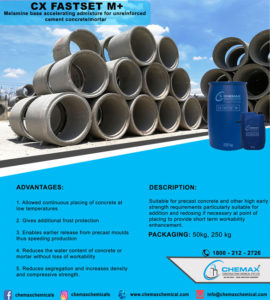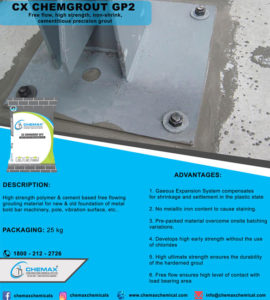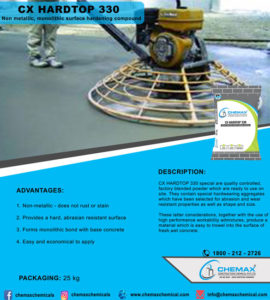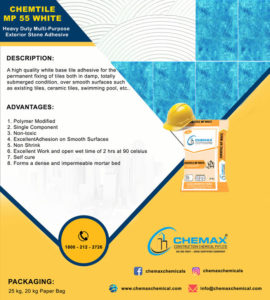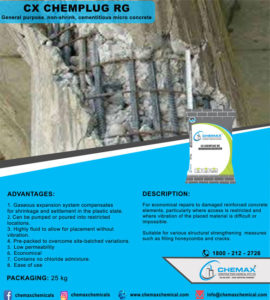WHAT IS AN AAC BLOCK ADHESIVE ?
AAC block adhesive India is a polymer-based multipurpose jointing compound that was created to speed up the construction of AAC blocks, fly ash bricks, concrete blocks, and other building materials while offering outstanding bonding and durability. It is a high-quality, pre-mixed mortar that is simple to use and replaces the customary thickness of 12–18 mm jointing mortar with a more flexible 3-5 mm thickness. It is made of cement, graded sand, and mixes.
The ideal thin jointing material for thin bed applications is the Best AAC block adhesive. This mortar has been specifically created to provide the strongest, most long-lasting bonding possible between the blocks. Technical requirements for AAC block adhesive India that meet ASTM C 1660-09 requirements for features, advantages, and uniformity and consistency of quality. It offers strong bonding with high tensile adherence. There are no shrinkage cracks at joints, and the application doesn’t need to be cured.
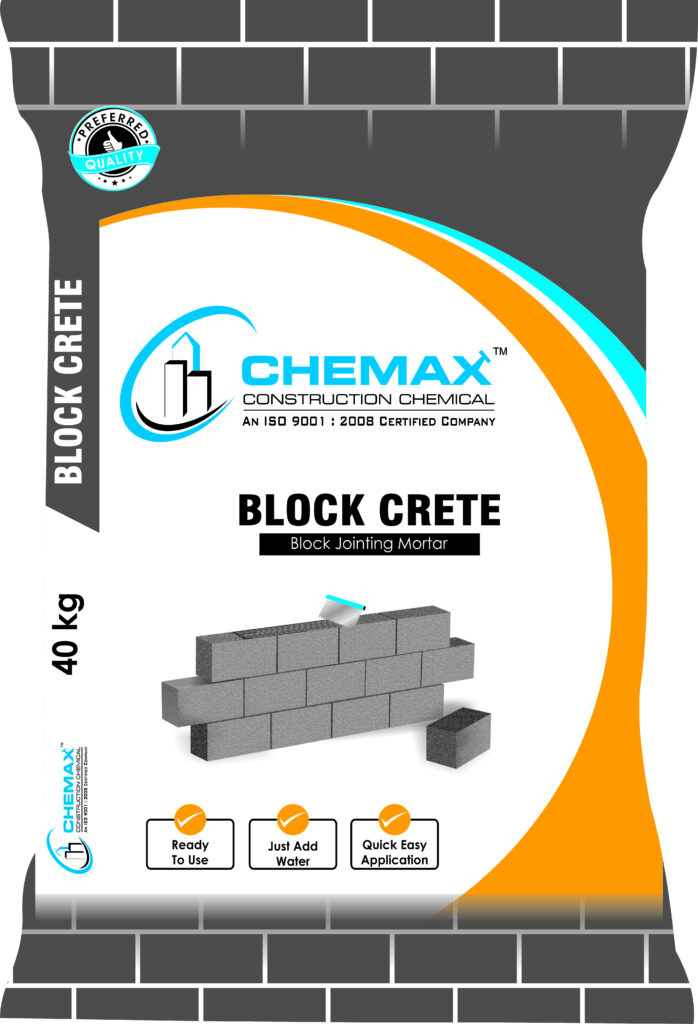
AAC BLOCK ADHESIVE VS CEMENT AND SAND MORTAR
An excellent alternative to traditional cement and sand mortar is AAC block adhesive. It calls for tiny bed joints and little AAC block adhesive usage. Within 24 hours, it is prepared for use in the future. When compared to traditional mortar, it is significantly less expensive and saves money.
By doing away with the drawn-out and time-consuming process of site mixing application areas, it saves a lot of time. It is highly advised to join all different types of Autoclave Aerated Concrete (AAC) blocks, fly ash bricks, flatbed concrete blocks, etc. with compressive strength when preparing masonry walls.
Due to its many benefits, AAC block adhesive is now employed as the wall units in the majority of residential buildings. They are small, lightweight bricks that are incredibly sustainable and manageable. Because fly ash is used in the Manufacture of AAC blocks Chemicals , they offer good thermal insulation. As a result, they are included in the list of environmentally friendly materials.
For long years, masonry construction has used cement and sand mortar. But because of their mismatched qualities, the mixture of conventional mortar and freshly developed AAC blocks has resulted in a deterioration in construction quality. AAC blocks require a heavier cement mortar for bonding, and it also provides poor thermal insulation.
As a result, unique adhesives that match the characteristics of AAC blocks must be created. When used with AAC blocks, this AAC block adhesive has many benefits over regular cement mortar. Construction professionals and homeowners frequently disagree on whether material is more cost-effective: cement mortar or AAC block adhesive. Here are the benefits of AAC block adhesive and how much it costs compared to traditional cement and sand mortar so you can make the best decision.
- When fully dried, it becomes extremely strong and is simple to use to fix AAC blocks up to the full height of a room.
- The fastening of all types of absorbent bricks and concrete blocks is guaranteed by AAC block adhesive.
- Superior coverage over the usual block jointing mortar.
- Outperforms class one glue in terms of strength.
- Can be utilized with thicknesses ranging from 2 mm to 6 mm.
- There is no need for water curing.
- It significantly reduces labor and time costs.
- It works up creamy and spreads easily.
- It is appropriate for green building credit points and has a very low VOC content.
- Does not need any additional cement to be mixed.
AAC Block Adhesive Benefits
Less Material and Thin Joints: Attaching AAC blocks only requires 3–4 mm of adhesive, as opposed to cement sand mortar, which calls for 8–12 mm thick mortar joints.
The building process is done quickly: AAC block adhesive is a ready-to-use material that only has to be applied with water. It takes time to precisely balance the raw materials in block jointing mortar before carefully combining them to create the paste.
Saves Water: Because the adhesives are self-curing, they need less water. Since the glue does not require water to cure, they contribute to both water and financial savings.
Site cleanliness: Because the mixing, transporting, and applying processes are so clearly laid out and simple, the site environment may be easily maintained. The site’s purity is preserved because of its self-curing nature.
The masonry wall can be finished in just 24 hours because no drying is necessary. While at least seven days must pass before the cement-sand mortar can be used.
Dry Material is Available Year-round: Since mortar may not always be an option, AAC block adhesive is always accessible in dry form. Sand may occasionally be accessible, but it must first be dried before it can be used.
Less Waste: At least 20 to 30 percent of cement mortar used in construction projects is lost. While there is little to no waste produced when using AAC block adhesive
Thermal Insulation: The adhesive composition for AAC blocks is specifically developed to match those blocks’ thermal insulating qualities. Because of this characteristic, unlike cement mortar, the entire structure of masonry functions as a thermal barrier.
Quality Control: The final product is of significantly higher quality since the AAC block adhesive manufacturers make the adhesives in factories under regulated settings, making it possible to properly implement the quality control methods. On the other hand, cement mortar is made on the job, and it is typically challenging to maintain the quality of mortar while it is being made. It becomes impossible to examine the raw material for quality when the mortar is made on-site. Only the raw ingredients that pass thorough testing by the AAC block adhesive manufacturers are used in the production of the adhesives. Additionally, this guarantees consistency in the AAC block adhesive composition across batches.
